Tags
British ferns, ferns, ferns on walls, Hart's tongue, Maidenhair spleenwort, Rustyback fern, Wall-rue
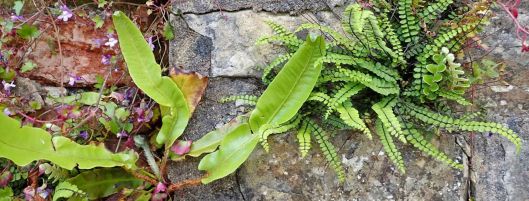
I’m steering away from wildflowers this week in favour of something a little different. As I often walk along the back lanes to avoid close contact with the people walking on our narrow pavements, I’ve been noticing the lovely ferns that adorn the shadier sides of the old stone walls of people’s back gardens. These are the four species I’ve found so far.
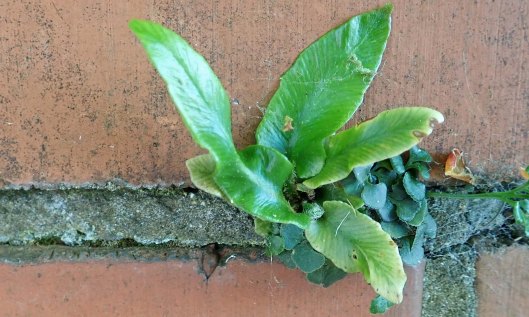
Hart’s-tongue (Asplenium scolopendrium)
The glossy, flat, undivided leaves of this fern make it the easiest to identify. Not surprisingly, the specimens I’ve seen growing on walls have been quite stunted compared to the large clumps I see in local woodlands.
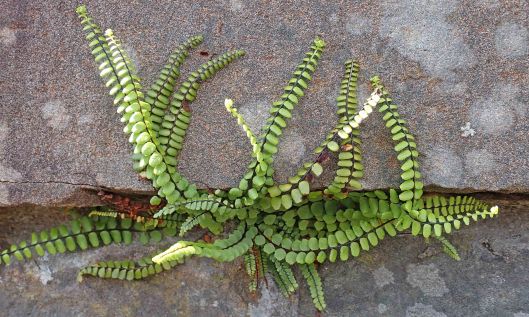
Maidenhair Spleenwort (Asplenium trichomanes)
I love the symmetry of this fern, which does very much resemble the Maidenhair houseplants I grew in times past, though they are a different species (Adiantum). It has also been a good lesson for me in fern structure – the small egg-shaped bits of green are not leaves – they are called pinnae, and the whole branch-like structure is, in fact, the leaf.
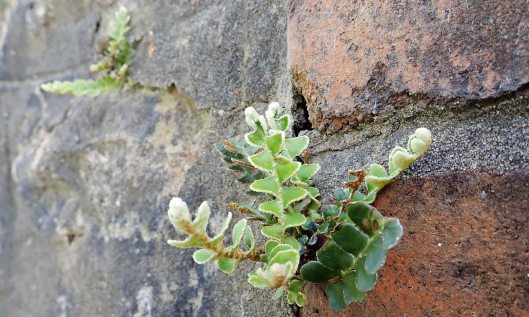
Rustyback Fern (Asplenium ceterach)
Old walls and other ‘human-influenced habitats’ are where these ferns are found most often. Their name comes from the fact that the undersides of the pinnae look rust-coloured when their spores ripen.
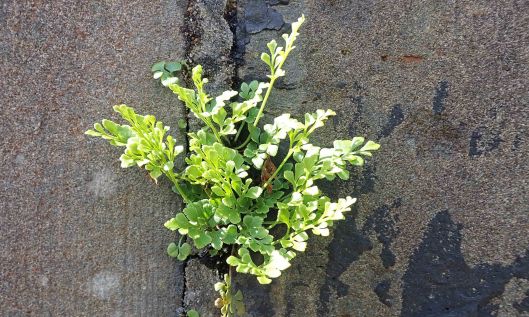
Wall-rue (Asplenium ruta-muraria)
As well as stone walls, this fern can be found growing in shady crevices on limestone rocks. Its name comes from its strong resemblance to the herb Common rue (Ruta graveolens).

There are ferns growing in the wall next to my house. They are very tatty and small. I suppose they are stunted Harts Tongues.
LikeLiked by 1 person
If they’re flat-ish, then that’s quite possible. 🙂
LikeLike
I quite like these that you’ve posted here but the larger ones, Dryopteris erythrosora, for example, give me the creeps and I hate being anywhere near them. This, from a moutain dweller! No wonder I moved to England.
LikeLiked by 1 person
How interesting! As I come from a land with ferns as big as small trees, I like them in all shapes and sizes. 🙂
LikeLiked by 1 person